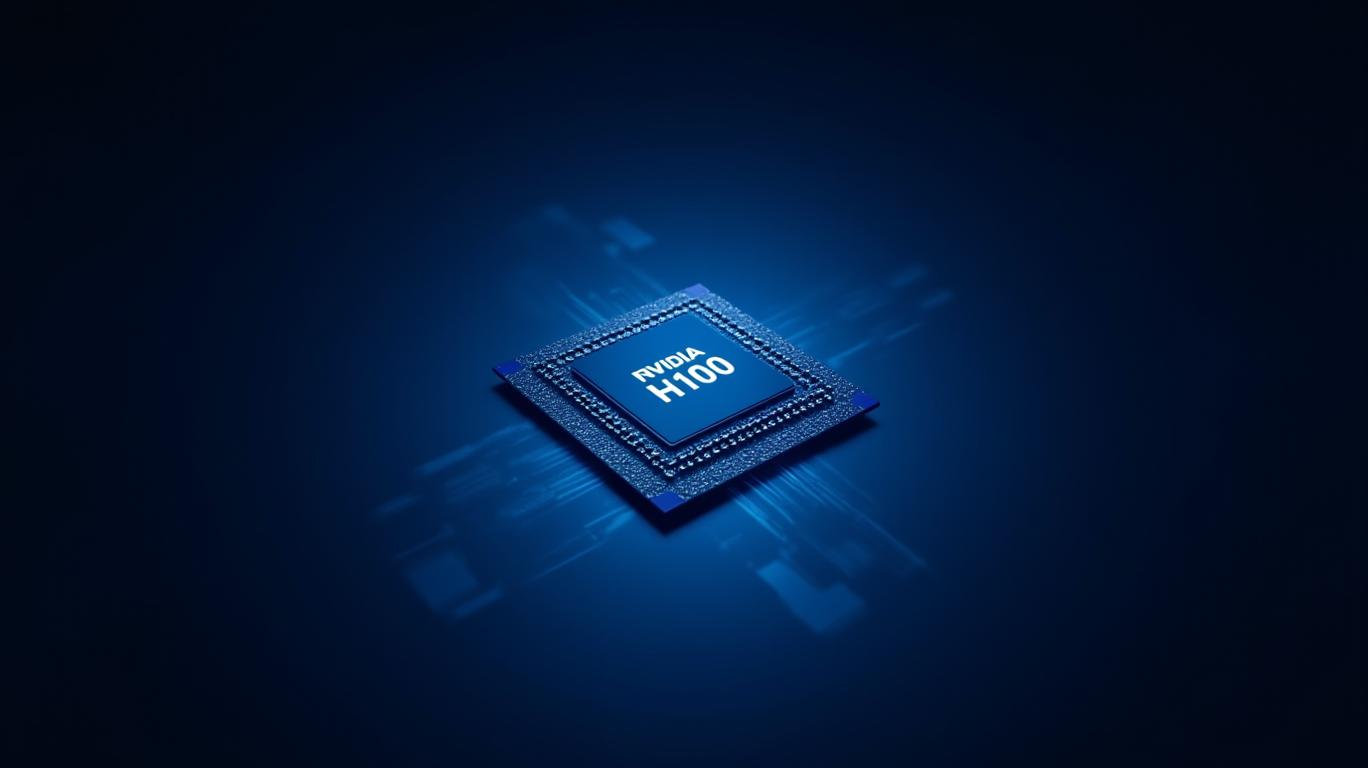NVIDIA's Crossroads: Export Controls, Smuggling Risks, and the U.S. Semiconductor Playbook
The semiconductor sector is at a pivotal juncture, with U.S. export controls reshaping global AI dynamics.
, the linchpin of this industry, faces a stark dilemma: its $5.5 billion write-down for the H20 chip—once seen as a China-compliant AI solution—now underscores the volatility of navigating regulatory minefields. Yet, beneath the immediate pain lies a strategic opportunity for U.S. firms that leverage geolocation technology and geopolitical alignment to secure long-term dominance. For investors, this is a call to recognize that survival hinges not on avoiding risks but on mastering them.
The Perfect Storm: Export Controls and Smuggling Risks
The Biden administration’s December 2024 export controls have created a paradox for NVIDIA. While the H20 chip was designed to comply with earlier restrictions, its recent classification as a “dual-use” threat has triggered a $5.5 billion charge—equivalent to 10% of NVIDIA’s 2024 revenue. This stems from the U.S. government’s expanded scrutiny of High-Bandwidth Memory (HBM) and semiconductor manufacturing tools, which China seeks to circumvent via smuggling routes.
The risks are twofold:
1. Revenue Erosion: China, once contributing 17% of NVIDIA’s revenue, now faces indefinite H20 sales bans. With Chinese firms like Huawei’s Ascend 910C chips gaining traction, the window to reclaim lost market share is narrowing.
2. Enforcement Gaps: Smuggling networks exploiting third countries (e.g., Malaysia, Singapore) and South Korea’s reluctance to adopt trilateral controls highlight vulnerabilities. A $390 million smuggling ring in 2024 exemplifies the scale of illicit flows.
The Silver Lining: Geolocation Tech as a Strategic Weapon
Amid the chaos, U.S. semiconductor firms can turn the tide by adopting geolocation tracking systems. The proposed Chip Security Act—which mandates location verification for AI chips—offers a blueprint. By embedding “landmark” servers to triangulate chip locations, firms can:
- Detect Diversion: Flag shipments deviating from licensed regions, deterring smuggling.
- Rebuild Trust: Demonstrate compliance to regulators, enabling sales to “swing states” like India and Taiwan that balance U.S.-China ties.
- Differentiate: Position themselves as partners of choice for militaries and governments requiring verifiable supply chains.
Firms like NVIDIA are already pivoting. Its Blackwell architecture (B100/B200) avoids export bans while targeting global AI supercomputing markets. Pairing this with a $500 billion U.S. manufacturing push signals a strategic realignment: domestic production to bypass geopolitical friction.
The Long Game: Why U.S. Tech Still Wins
While China’s indigenous chip efforts (e.g., Biren Technology’s BR100 GPUs) threaten market share, they face systemic hurdles. Peking University’s carbon nanotube breakthroughs aside, China lags in foundational tech like lithography tools (SMEE’s 90nm machines vs. ASML’s EUV). Meanwhile, U.S. firms hold patents on critical AI infrastructure, including CUDA, which powers 90% of global AI research.
For investors, the playbook is clear:
1. Back Geolocation Innovators: Firms with anti-smuggling tech (e.g., geolocation verification systems) will secure first-mover advantages.
2. Focus on U.S.-Aligned Players: NVIDIA’s shift to domestic manufacturing and Blackwell chips positions it to capitalize on trilateral controls with Japan/Netherlands.
3. Avoid the “China-Dependent” Trap: Firms relying on Asian supply chains (e.g., TSMC) face clawbacks under the CHIPS Act’s expansion clauses.
Conclusion: The Reward for Navigating Chaos
NVIDIA’s write-down is a wake-up call—but not a death knell. By embracing geolocation tech, domestic manufacturing, and strict compliance, U.S. firms can turn regulatory headwinds into a tailwind. The $12–15 billion China AI market will not vanish; it will simply demand partners who can prove their reliability.
Investors ignoring this transition risk obsolescence. Those who bet on firms mastering the U.S. semiconductor playbook—NVIDIA, Intel, and ASML—will reap rewards as the world’s AI infrastructure rebuilds on American terms. The time to act is now: the next era of tech leadership is being written in silicon and strategy, not just in code.

Comments
No comments yet